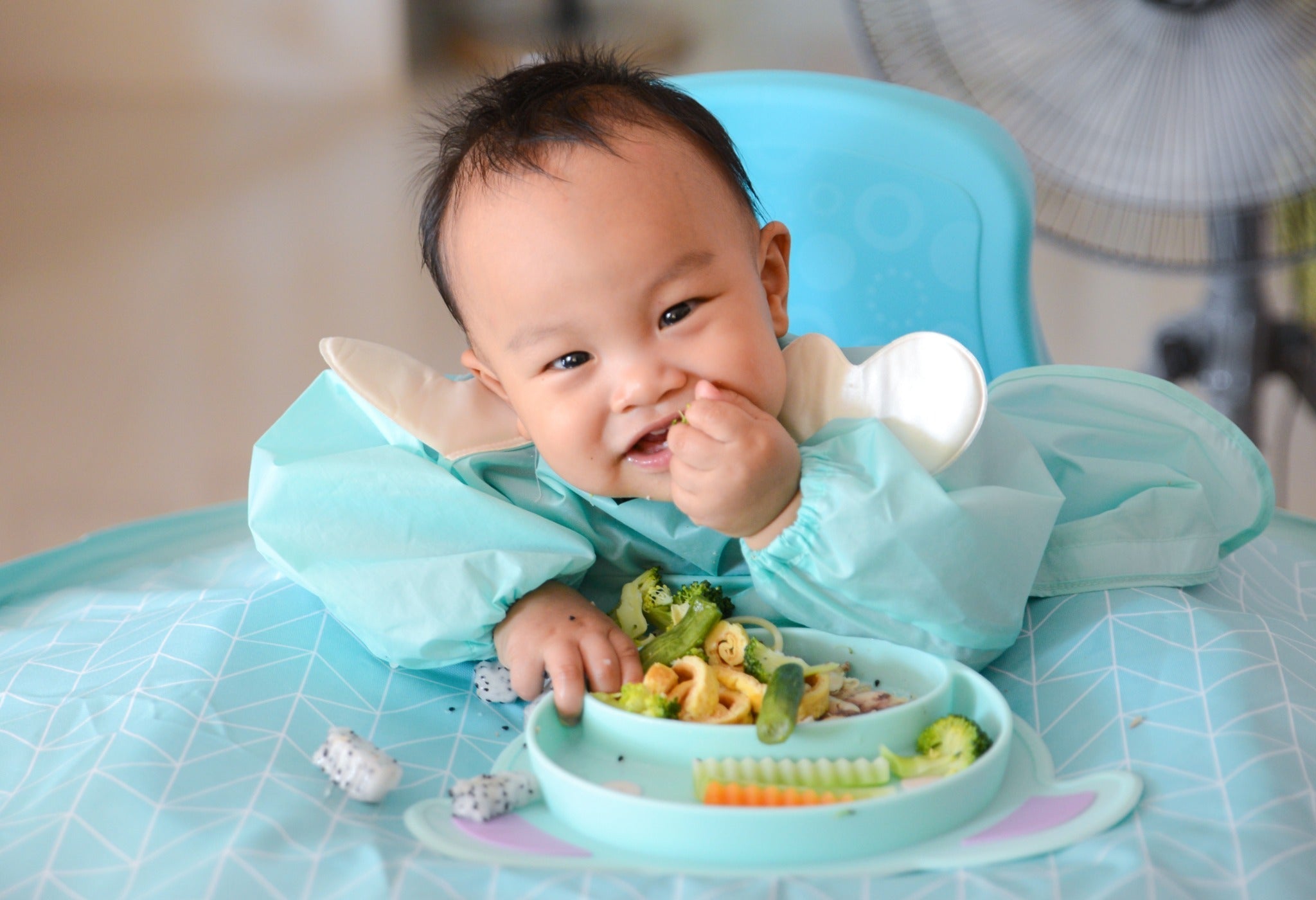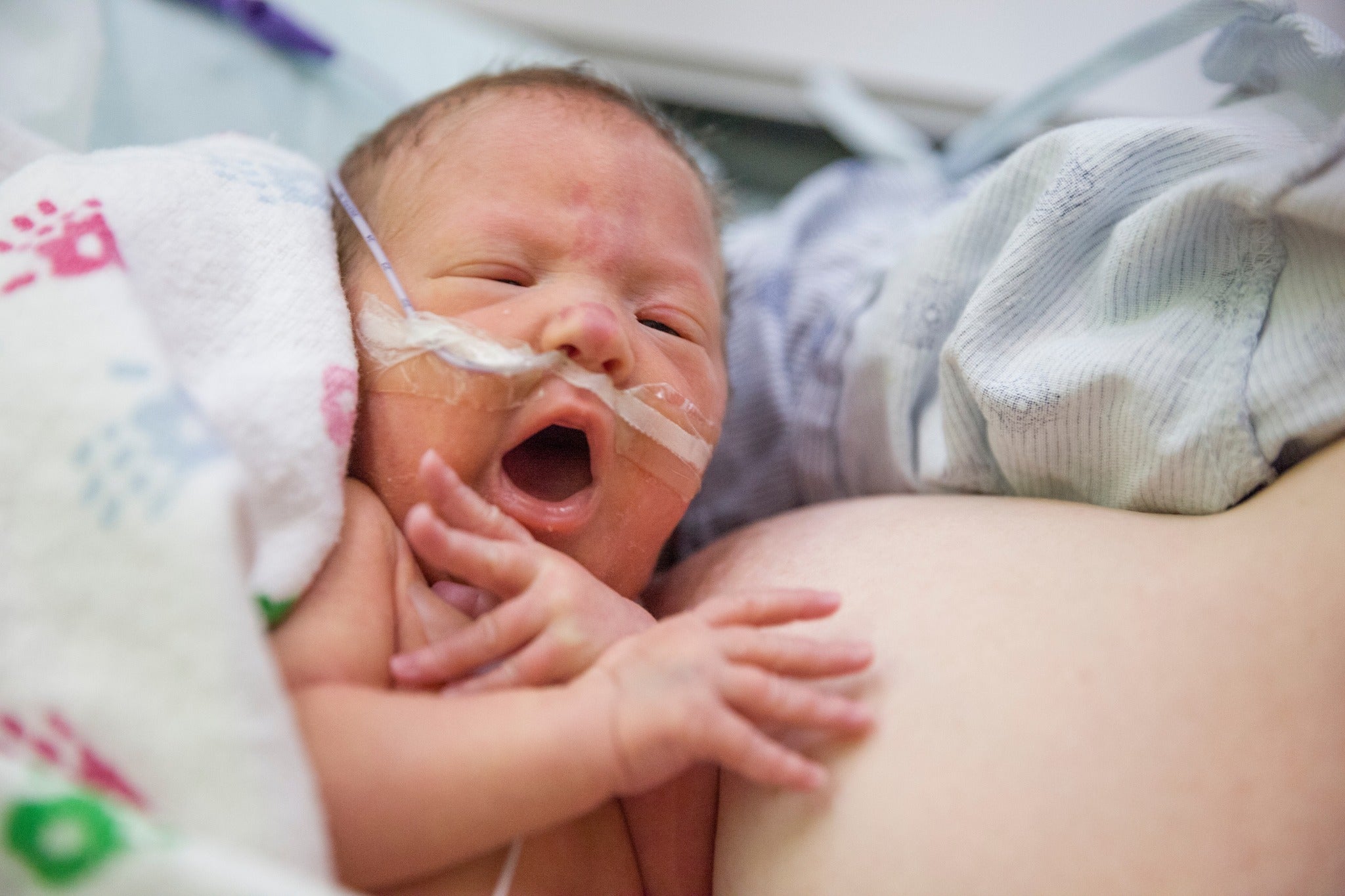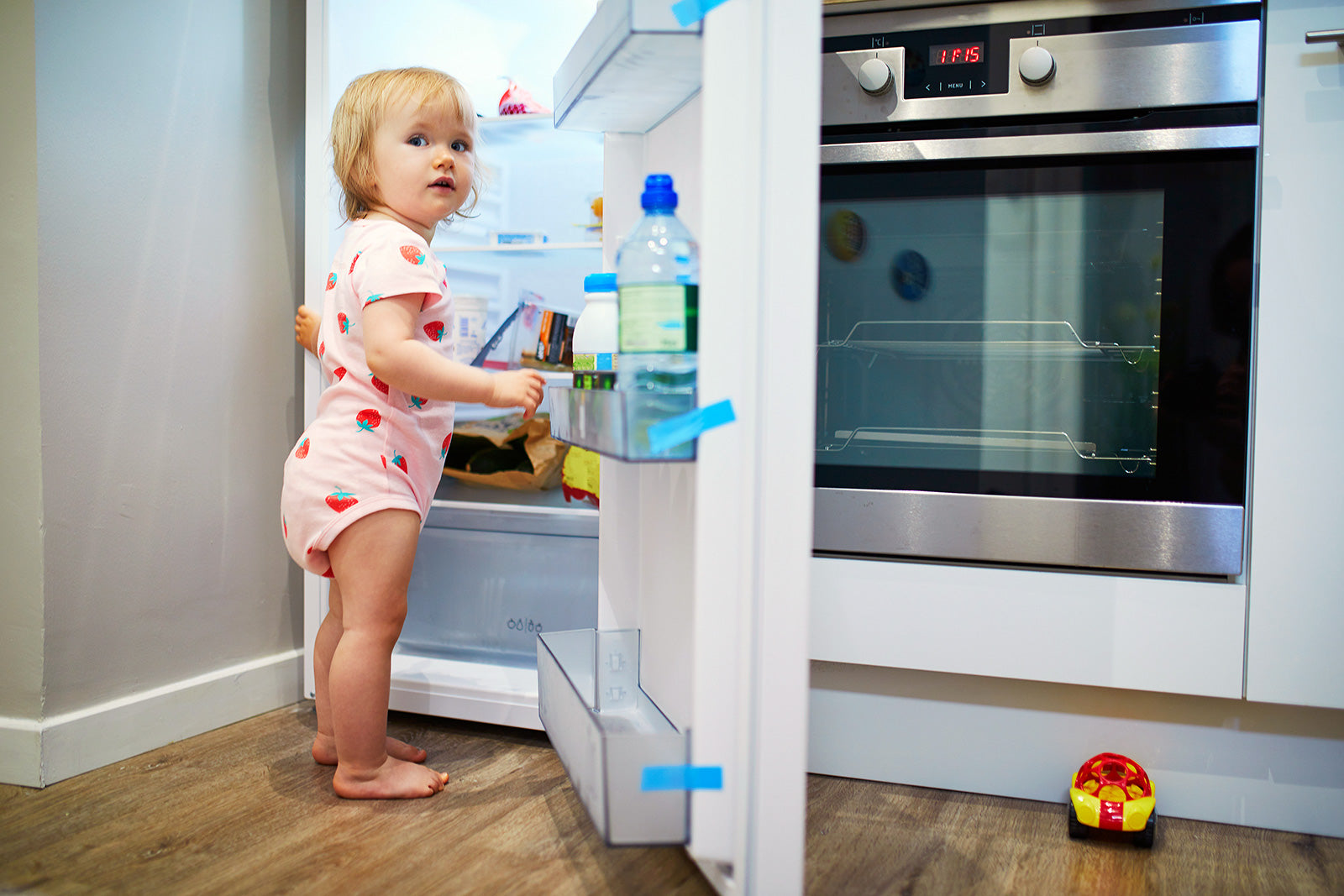A Look at Feeding Babies Around the World

Figuring out the best way to feed their children is one of the biggest challenges and decisions that new parents face. In addition to socio-economic conditions, cultural norms carry significant weight in these choices. Feeding babies around the world can look very different than it does here in the US. And it’s fascinating to learn more about the different feeding journeys around the globe.
The bökee supports every family’s feeding choices. Our own journey included everything from feeding tubes to breastfeeding to donor milk, so we understand that there should be no judgment attached to how you feed your child.
Our unique bottle-prep tool allows you to open, fill, and close your child’s bottle one-handed. Whether you’re using breast milk or formula, you can get your hungry baby’s bottle ready while still holding and soothing your child. Choose your favorite color today and start making feeding time that much easier.
Global Breastfeeding Norms
The World Health Organization (WHO) recommends exclusive breastfeeding for the first six months of a baby’s life. But breastfeeding customs and trends vary considerably from country to country. And we know that each person’s feeding journey is uniquely theirs.

Overall, there is a lot of variation in breastfeeding rates around the globe. In the most recent available data, Europeans have the highest rate of early breastfeeding. But those from SE Asia and Western Pacific countries rank highest for exclusive breastfeeding in the first six months of life.
Outside of the statistics, there are many interesting breastfeeding norms and traditions around the world.
Mongolia
Breast milk is highly prized and sought after in Mongolia. It is common for women to express extra milk for their husbands or other adult family members to drink. And far from being taboo, public breastfeeding is encouraged!
Japan
Mothers are encouraged to breastfeed and often undergo special massage techniques to promote lactation. And when it’s time to wean their babies, women often paint faces and shapes on their breasts to discourage their babies from nursing.
Republic of Congo
One group in this country, the Aka Tribe, encompasses a high level of gender equality. Fathers often let their babies suckle for comfort.

Norway
About 99% of Norwegian mothers breastfeed. This high rate is likely due to laws that support parents through extensive paid leave. Norway also has a lot of breast milk banks and compensates donors for their milk.
First Nations
Through generations of turmoil and trauma, many indigenous groups in America have moved away from their traditional breastfeeding practices. Native American advocacy groups are working to reclaim these powerful practices and their belief that breastfeeding nurtures the child’s mind and soul as well as their body.
Time for Solids! Feeding Babies Around the World
For generations here in the US, many babies have had bland, smooth rice cereal as their first solid food. This habit is starting to change as our nation becomes more diverse and we learn more about other ways of feeding. But in general, other countries offer more interesting foods to their babies.
France
French parents are all about the veggies for their babies’ first solid foods. Potatoes, carrots, green beans, and spinach are common for French babies to eat. Parents generally offer a new vegetable every few days and wait to introduce fruits until their little ones are about nine months old.

Mexico
Soup is the name of the game in Mexico when it’s time for solid foods. This first food is typical in much of Latin America, along with other soft options like papayas, avocados, and beans. Parents often add lime juice or chili powder to their infants’ food, as well. That’s a far cry from the rice cereal many US babies get!
Cameroon
When Cameroonian babies are ready for more than breast milk, they eat Pap. This food is made from fermented corn and sometimes mixed with a touch of sugar and some milk. The fermentation process creates helpful bacteria for the baby’s digestive system.
Israel
For years in the United States, many experts have coached parents to wait a while before introducing nuts or nut butters due to potential allergic reactions. But peanut butter is often one of a baby’s first solid foods in Israel! Bamba is a mixture of corn and peanut butter and is a common solid food for babies in Israel.
China

China and other Asian countries often include fish in their children’s first solid food. In China, dishes with seaweed, rice, eggs, and fish are common for babies, even as young as four months old.
Baby-Led Feeding
In many countries worldwide, there has been a move toward baby-led feeding. This method follows the baby’s cues to foster independence and a more adventurous palate. With baby-led feeding (also called baby-led weaning), typical pureed foods are not on the menu.
Instead, babies sit at the table for meals with the family and have access to pick up and explore foods as they are interested. This feeding approach may help avoid picky eating and can help build independence and mindful eating habits for children.
On a personal note, we were able to try baby-led weaning with one of our bökee twins, and it was wonderful for us!
Judgment-Free Feeding

No matter where you are in the world, feeding your child should be uniquely your journey, and rely on what you and your child’s medical providers feel is best. Parenting is hard enough without other people judging your choices.
The bökee is a judgment-free zone, and we support families as they make the feeding decisions that fit their needs. Our greatest delight is helping you care for your baby. With our one-of-a-kind bottle prep tool, you can get a bottle ready for your hangry baby while snuggling them close to you. Get yours today to give yourself a helping hand.




